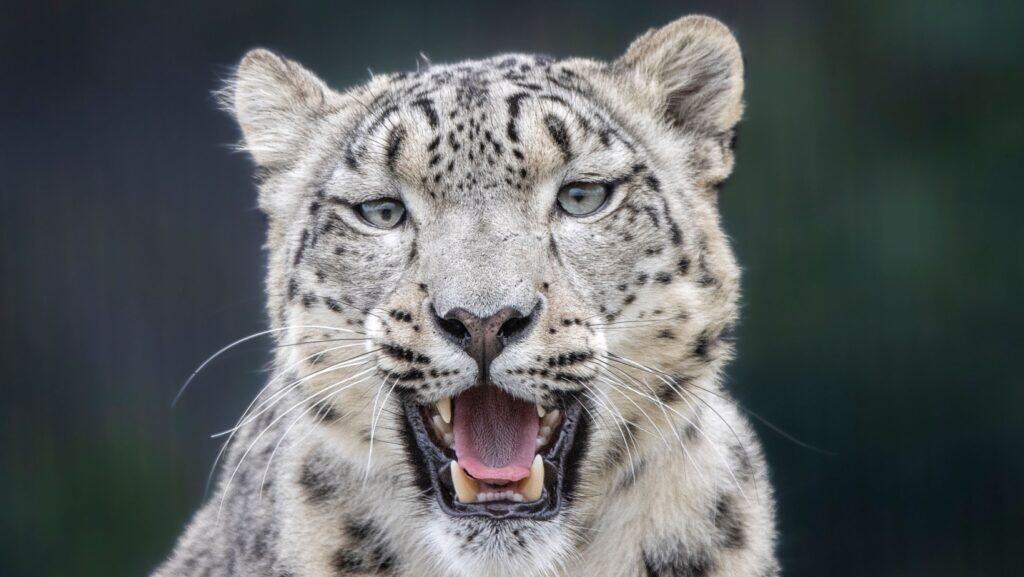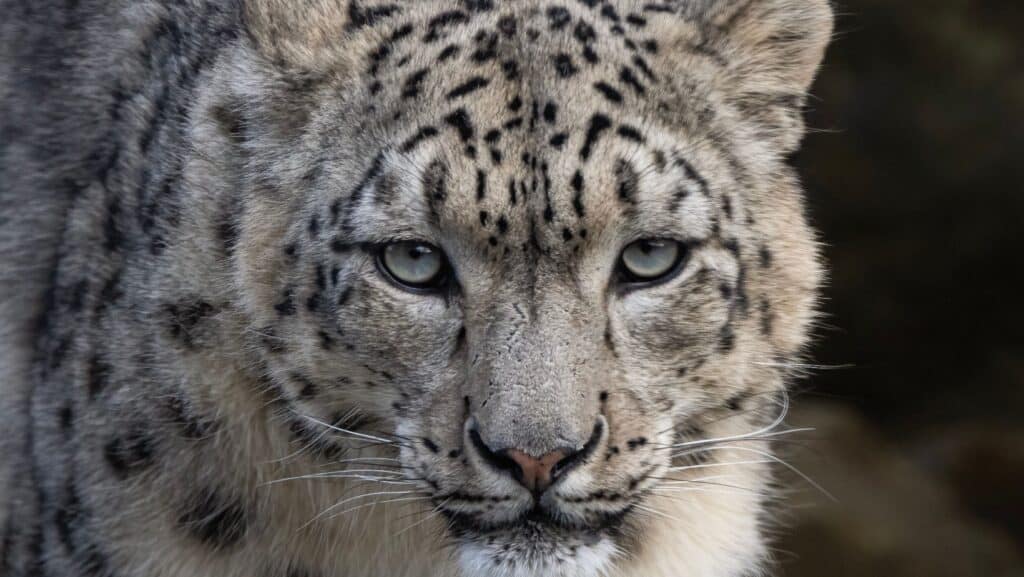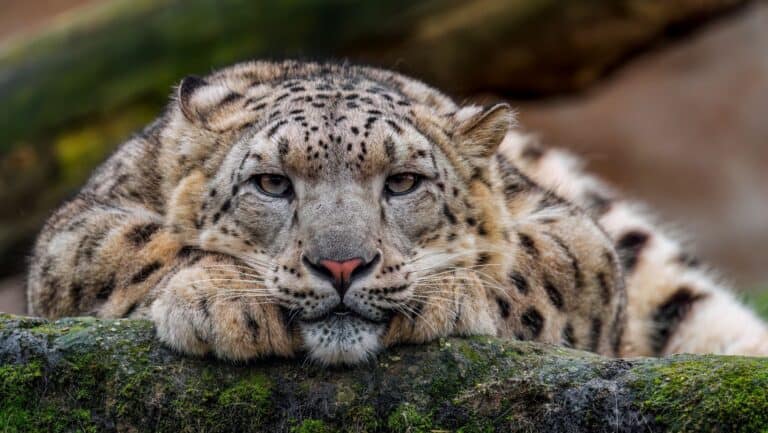Ghosts of the Mountains: 4,000 snow leopards left in the wild
With as few as 4,000 snow leopards left in the wild, the survival of these elusive cats has become a high-stakes test of humanity’s commitment to fragile mountain ecosystems.
When people imagine the great cats of the world, lions on the savanna or tigers in the jungle often come to mind. Snow leopards, by contrast, are rarely seen and even more rarely understood. They are sometimes called “ghosts of the mountains,” slipping through the Himalayas and Central Asian peaks without a sound. Yet while their presence is subtle, their significance is enormous. Snow leopards teach us about resilience, balance, and the quiet power of nature.
A Cat That Defies Extremes
Snow leopards live at elevations where few animals can survive. From Afghanistan to Mongolia, their range stretches across some of the most forbidding terrain on Earth. Thin air, icy winds, and temperatures far below freezing are the backdrop of their lives. To cope, snow leopards have evolved thick, spotted coats that blend seamlessly into rocky slopes. Their wide paws act like natural snowshoes. Their long, heavy tails balance them as they leap across cliffs and double as blankets when they curl up to sleep.
For humans, survival in such a landscape requires technology, gear, and planning. Snow leopards manage with instinct and adaptation, thriving where the odds should be against them. They show us that the harshest places often produce the most remarkable resilience.
The Power of Silence

Unlike their roaring cousins, snow leopards cannot roar. Their vocalizations are limited to growls, mews, and chuffing sounds. In many ways, their silence has become part of their legend. These cats remind us that strength does not need to be loud or brash. There is power in subtlety, and endurance often comes from blending in rather than standing out.
The lesson is simple yet profound. In a noisy world where dominance is often equated with volume, the snow leopard shows that quiet persistence can be just as formidable.
Guardians of Fragile Ecosystems
Snow leopards sit at the top of the food chain, hunting wild sheep and goats like ibex and bharal. By controlling prey populations, they prevent overgrazing in fragile alpine meadows. Without them, entire ecosystems would unravel. Overgrazed slopes would erode, water supplies would be disrupted, and the lives of mountain communities downstream would be affected.
In this sense, snow leopards are guardians not just of wildlife but of human survival. More than a billion people rely on water from rivers fed by the glaciers and snowfields where snow leopards roam. Protecting these cats indirectly protects some of the world’s most vital water sources.
A Creature of Culture and Spirit
Long before conservationists placed them on posters, snow leopards were part of human imagination. In Tibetan folklore, they were protectors of sacred mountains. In Mongolia, they symbolized mystery and strength. Even today, spotting one is considered an almost spiritual experience, a reminder that nature still holds secrets beyond our reach.
Modern fascination has turned snow leopards into global icons. They adorn national emblems, inspire films and books, and attract eco-tourists hoping for a fleeting glimpse. Each image captured by a remote camera trap reinforces the sense of wonder that one of the world’s most elusive animals is still with us.
The Challenges They Face
As awe-inspiring as snow leopards are, their survival is precarious. Scientists estimate there may be only 4,000 to 6,500 left in the wild. Poaching for their pelts and bones, conflicts with herders protecting livestock, and the accelerating effects of climate change all pose threats. Warming temperatures push prey species higher into shrinking ranges, and melting glaciers alter the balance of entire habitats.
Despite these dangers, snow leopards persist. Every confirmed sighting is a story of endurance. Their survival speaks not just to their strength but also to the efforts of those working to protect them.
Lessons for Humanity

Snow leopards are more than a species to save. They are teachers. From them, we learn that resilience often requires quiet patience. That balance is essential to survival. That protecting one creature can mean protecting an entire web of life, including ourselves.
On a personal level, snow leopards invite us to reconsider what it means to be strong. They are not loud or flashy, but they endure. In their silence and adaptability lies a message that resonates far beyond the mountains.
Why They Matter More Than Ever
In a rapidly changing world, the snow leopard’s continued existence is a measure of our own willingness to care for fragile environments. If they vanish, it will not only be a loss of beauty but also a warning that entire ecosystems are unraveling. If they survive, it is proof that humans can learn to live in harmony with the natural world.
The snow leopard’s ghostly presence in the high mountains is not just about rarity. It is about possibility—the possibility that resilience, balance, and respect for nature can still shape our shared future.







